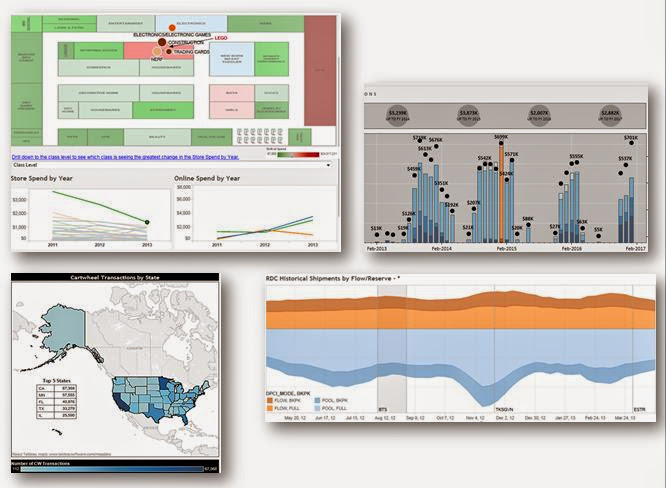Data Viz Made Simple with Kristen Sosulski
/Listen to the Episode
Subscribe to the Podcast
Episode Summary
Meet Kristen Sosulski. She’s an Associate Professor of Information Systems and the Director of Learning Sciences for the W.R. Berkley Innovation Lab at New York University’s Stern School of Business.
Kristen also recently published a book about data visualization, “Data Visualization Made Simple, Insights into becoming visual”
Kristen is an absolute expert on Data Visualization and teaches data viz best practices for both NYU students, as well as through a certificate program. Her passion is in helping up-and-coming analysts use visualization to enhance their work, tell stories, and communicate effectively with data.
Data visualization is important because we can use it to:
1) Explore our data and understand it
2) Communicate well, especially with non-data-literate people
In the former, when you’re exploring your data, you want to use more rudimentary visualization tools like scatterplots and trellis plots. These are great for understanding variation or differences between dimensions. But they are pretty terrible when it comes time to present your findings.
“Don’t make your audience work too hard”
For the latter, when using data viz for communication, stick to simpler methods like bar charts, line graphs, and maps. Preattentive attributes, highlighting the thing you want someone to focus on, is a really effective way to keep someone’s attention.
So how about highly designed visualizations like Infographics? Kristen wouldn’t say “no”, but she certainly wasn’t wild about them. The problem is that they tend to over-simplify the data that it’s trying to communicate. That said, there are some great design concepts that we can use from infographics when creating powerpoints and other presentations.
While we cover some in-depth topics, it’s clear that data viz is for everyone, not just data science. Kristen covers the 4 categories of data viz tools, from basic excel or powerpoint, to advanced like R or Python.
We also wanted to learn more about Kristen’s new book, “Data Visualization Made Simple”. In chapter 6, we learned about ways to maximize retention of the reader. A critical piece to this is EMPATHY and being in-tune from your audience. You may go as far as drafting a survey so that you can understand the potential reader and make sure you’re designing to their needs. Don’t make your audience work too hard.
We wrapped up our conversation, talking about the future of visualization, and discussing how things like augmented reality and AI are already starting to change the game for data viz.
Thanks for coming on the show, Kristen!
More about Kristen
Check out her book on Amazon: Data Visualization Made Simple
Check out Kristen’s NYU Stern Class: Visualization Data
Follow Kristen on Twitter: @sosulski
Follow Kristen on LinkedIn: in/sosulski
Resources and Links from the Episode
Understanding Media: The Extensions of Man by Marshall McLuhan
What I Talk About When I Talk About Running by Haruki Marukami
Amanda Cox from the New York Times’ “The Upshot” section
Data Science for Business by Foster Provost & Tom Fawcett











